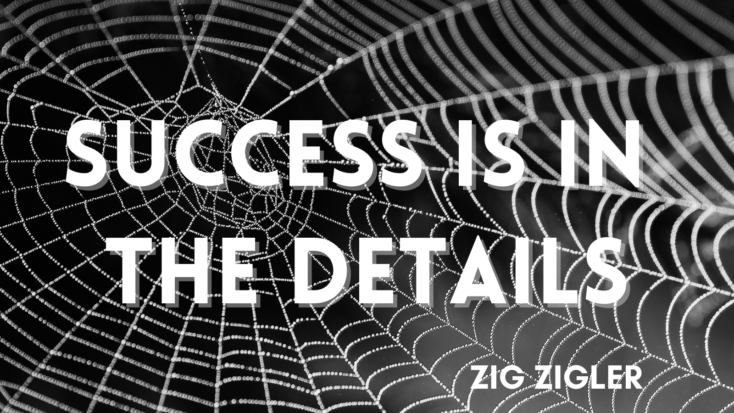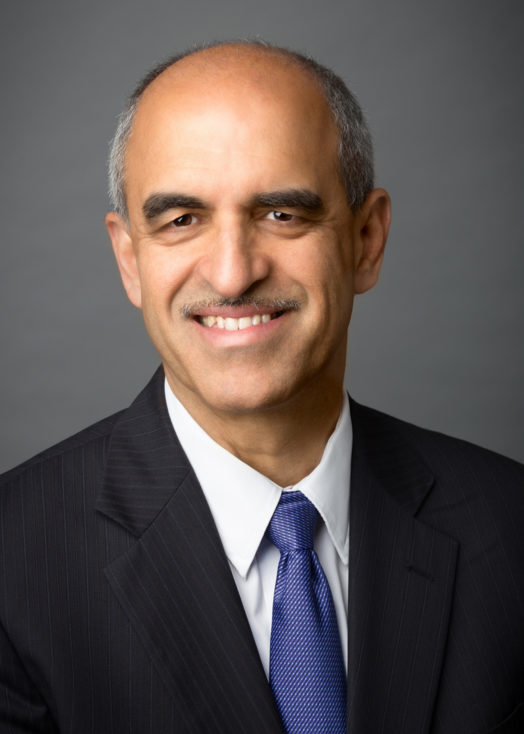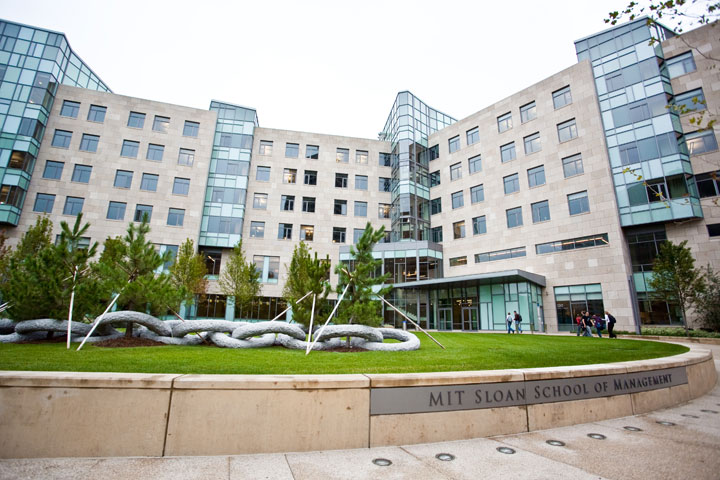Events & Promotions
|
|

GMAT Club Daily Prep
Thank you for using the timer - this advanced tool can estimate your performance and suggest more practice questions. We have subscribed you to Daily Prep Questions via email.
Customized
for You
Track
Your Progress
Practice
Pays
Not interested in getting valuable practice questions and articles delivered to your email? No problem, unsubscribe here.
- Nov 20
07:30 AM PST
-08:30 AM PST
Learn what truly sets the UC Riverside MBA apart and how it helps in your professional growth - Nov 20
10:00 AM EST
-10:30 AM EST
If you’re applying to Columbia, NYU Stern, or Yale SOM, you need more than strong stats. Each school defines “leadership” differently, and your essays must reflect that. Join Sia Admissions founder, Susan Berishaj on November 20th - Nov 20
09:00 PM IST
-10:00 PM IST
Join our free expert-led Essay Workshops to discover how to choose impactful stories, highlight your core values, and align your background with each school’s distinct culture, making every word truly count. - Nov 21
08:30 AM EST
-09:15 AM EST
Get the inside scoop on what makes Emory’s Goizueta Business School great, learn how you can present a strong MBA application, and connect with an Admissions Director to get your questions answered. - Nov 21
09:30 PM IST
-10:30 PM IST
Learn how to craft powerful, authentic essays by mastering the 3 “WHYs” every top MBA program looks for: Why MBA, Why Now, and Why This School. - Nov 24
08:00 PM PST
-09:00 PM PST
Inquire for a free profile evaluation and guarantee statement for possible admits and scholarships!
Kudos
Bookmarks
| FROM Stacy Blackman Consulting Blog: HBS Round 1 Update |
 For those of you on pins and needles since submitting your application to Harvard Business School a few weeks ago, Chad Losee, director of MBA admissions and financial aid, has some good news regarding interview notifications: it won’t be long now. The official HBS Round 1 update will happen at noon EST on October 6, 2020. When you log into your application status page, you will see one of these three possibilities:
“This is a small group of strong applicants that we ask to wait with us until Round 2, at which point we will review your application again,” Losee explains. So yes, this is good news, because it means you’re still in the running. For applicants who receive an “early release” notice in this HBS Round 1 update, the blow certainly stings. But, it truly is better to know now. That way, you can refocus your energies on your other target schools and perhaps the next round deadlines. Finally, Losee reminds applicants that HBS will conduct all interviews virtually this year, adding, “You can expect the same fun, engaging conversation with a member of the Admissions Board.” Next steps for successful HBS applicants Last season, Losee revealed that HBS interviews about 1 in 5 applicants and admits just over half of those candidates. If you can successfully pass the hurdle that is the Harvard Business School interview, your chances of admission skyrocket. Be sure to read SBC’s interview tips for Harvard Business School here. For personalized guidance with your HBS interview, sign up for our MBA Interview Prep package. Good luck to all R1 applicants awaiting notification! Image credit: Michael A. Herzog (CC BY-ND 2.0) The post HBS Round 1 Update appeared first on Stacy Blackman Consulting - MBA Admissions Consulting. |
This Blog post was imported into the forum automatically. We hope you found it helpful. Please use the Kudos button if you did, or please PM/DM me if you found it disruptive and I will take care of it.
-BB
Kudos
Bookmarks
| FROM Stacy Blackman Consulting Blog: MBA Success Story: Diligence and Planning Pay Off with 5 Admits |
|
We often like to check in with exceptional former clients whose MBA application journey might inspire current business school hopefuls. Meet Camilla Lucas, who worked with SBC admissions consultant Beth during the 2019-2020 admissions cycle. All told, Camilla received five offers of admission and one substantial MBA scholarship. Camilla shares how devoting ample energy, thought, time, and commitment to the process helped her create the best possible MBA application in this exclusive Q&A. 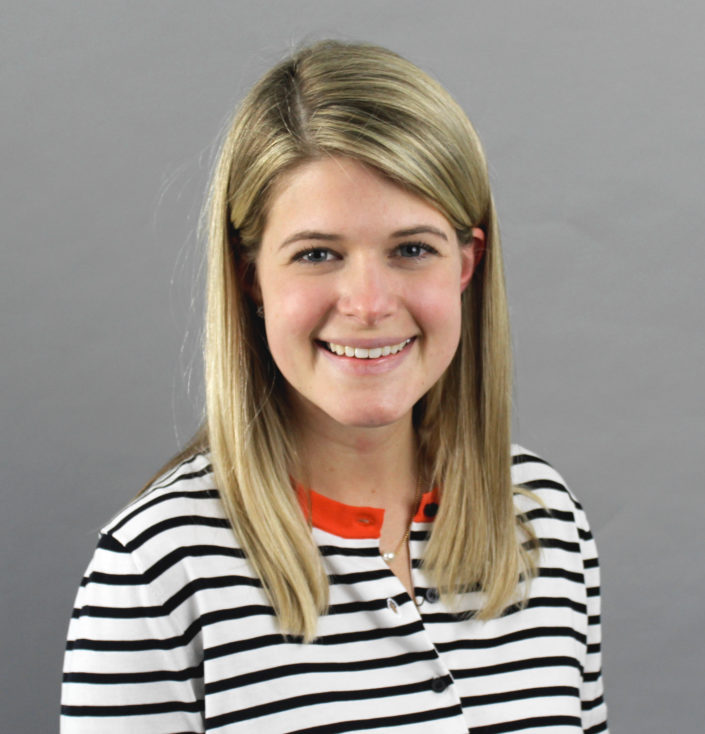 MBA applicants are usually laser-focused on getting the admits. Was that your sole focus in applying to MBA programs? I focused on getting admits for the sake of preserving my options for as long as possible. I still needed to figure out where I wanted to be geographically, as well as what “thing” I wanted my eventual business school to be particularly good at. For example, I weighed how much I cared about an emphasis on the case method versus choosing a program known for healthcare. I continued to gather information from talking to people and from my work experiences throughout the time it took to apply and get admissions decisions. This bought me a few more months to weigh these factors. What areas did you spend a lot of time thinking through during the application process? I spent a lot of time thinking through cultural fit before—and throughout—the application process. All of the schools that I applied to are much more similar than different. I sought out schools with a collaborative, team-oriented culture that I’d loved so much in undergrad. Talking to alumni about their experiences and hearing how schools described themselves helped me determine where I wanted to apply. Then, I tailored my application to the nuances of that school. Those conversations ultimately informed my decision about where to attend. You received 5 admits—including a big scholarship award. What do you think were the success factors or drivers for your fantastic results? Is there anything you would point to as “the secret to your success”? Time management was an essential component of my process. It’s hard to balance applying to school with working full-time. That’s why creating goals for when I’d finish different components of the application, and then holding myself to those goals, was key. Networking was also so important. Initially, networking helped me learn about the schools to figure out where to apply. But then when it came time to do essays, I could write genuine responses about why I liked a particular school because I’d done so much research. I had collected great anecdotes from the conversations that I was able to weave in. Plus, I had my own perspective on each school that I’d developed via compiling insights from all of my conversations. How did you make the decision of which to accept amongst your five offers? I had a tough time deciding which offer to accept. Each of the schools had characteristics I had grown to love. I knew that I would be happy at any of them, get a great education, and have the resources to pursue whatever career path I was interested in. Based primarily on my geographic preferences, I narrowed things down to my top two schools. I attended both admitted students’ weekends, which, fortunately, I could still do in-person! This helped enormously because it enabled me to picture myself at each place. It really came down to a gut feeling via the sense of community I felt and other students I talked to at the Fuqua weekend. Do you see a difference among your fellow MBA students around preparedness for the program and career recruiting? How does this affect the MBA student experience, recruiting chances, anxiety levels, etc.? Because the experience of starting school is so personal and influenced by many factors, I can only speak for myself. I am so much more prepared and calmer about starting the program and career recruiting because of all of the prep work I did while applying. Several examples illustrate why this is the case. Most importantly, I put a lot of thought into answering the essay questions asking what I wanted to do post business school. So, I already had a good sense of what I wanted to focus on career-wise. While it’s common for students to move away from what they wrote on their applications, I haven’t made any dramatic shifts. I think that’s because I spent so much time thinking about it upfront. More tactically, I spent a long time getting my resume in good shape to apply to school. Therefore, the process of getting it ready now to apply to internships is faster and easier. Also, I already had responses prepared to standard interview questions such as “tell me about yourself.” I feel confident because I’d received great guidance and practiced them when preparing for my interviews. Lastly, I got a lot of practice networking throughout the application process. Now that I’m networking with a career focus, it feels much more natural, and I feel more confident. It’s also great because I have overlapping career interests with some of the alumni I talked to in the process to whom I can now reach back out.  Where do you think you fall regarding your level of preparedness and confidence? Outside of the direct application process, I also took “Math for Management” during the fall that I applied. I was advised to do so for two reasons. First, I didn’t have a robust quant background. So, including on my applications that I was taking this course demonstrated awareness. I finished the course around Thanksgiving and submitted my grade as further evidence I could handle the quant rigor of business school. Second, I was nervous about the quant heavy course load in an MBA program. I wanted to feel more prepared and confident going into it. I do think the course helped to strengthen my application. Having that foundation is now alleviating some of the stress involved with core courses. There are so many changes and new things to think about while starting school. It’s great to feel a bit less anxious about my quant classes. We often hear that “What you put in is what you get out” or “Good things come to those who hustle.” Do either of those ideas ring true for your experience, and how? Both of these statements absolutely held true in my application process. I could’ve applied to fewer schools and made my process more efficient. However, taking a bit of a longer path on the application process has paid off well in many different ways. I also think, “Good things come to those who hustle” was very relevant to my process. Coming into it, I knew that my GPA and GMAT were solid but not high enough to be major differentiators. Therefore, I decided to work hard on the other aspects of my application that were still in my control. I focused on my essays, interviews, and on networking as much as possible within the schools. While I’ll never know the decision-making processes that took place, I do think these efforts made a big difference. What advice do you have for others considering an MBA? I got the GMAT done in my first year out of undergrad, which was a huge help. I felt less anxious while studying because I knew it would be a while until I applied to business school. Also, it enabled me to spend more time doing things that weren’t “required” but were immensely helpful (like networking). If I’d been trying to study for the GMAT simultaneously, there’s no way that I would’ve been able to complete everything else while continuing to do well in my job. Making this decision several years ago set me up well for the rest of my process. *** Thank you, Camilla, for sharing your story of how hard work and strategic planning paid off handsomely in your MBA application process. Best of luck at Duke University Fuqua School of Business! The post MBA Success Story: Diligence and Planning Pay Off with 5 Admits appeared first on Stacy Blackman Consulting - MBA Admissions Consulting. |
This Blog post was imported into the forum automatically. We hope you found it helpful. Please use the Kudos button if you did, or please PM/DM me if you found it disruptive and I will take care of it.
-BB
Kudos
Bookmarks
| FROM Stacy Blackman Consulting Blog: B-Schooled Episode #24: COVID Updates and First Dings |
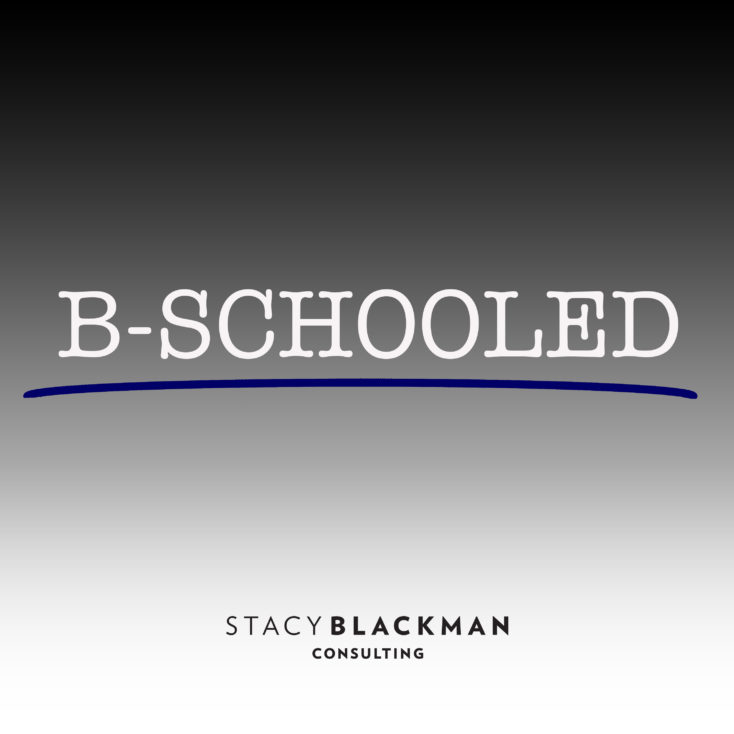 The last several days have brought us Wall Street Journal articles about rising application numbers at the top b-schools, as well as news for all Round 1 HBS hopefuls. That’s why this week’s episode of the B-Schooled podcast covers: • What candidates should make of recent reports of “soaring” MBA application numbers due to COVID, and • Important context about dings, after HBS’s Round 1 interview invites, Round 2 deferral and release notifications went out on Tuesday. Listen to B-Schooled episode #24 here, or on any of the podcast apps listed below. B-Schooled is available on most major podcast apps, including: Apple Podcasts Spotify Stitcher TuneIn Please be sure to subscribe to B-Schooled so that you don’t miss a thing. If there’s something you’d like for us to cover in a future episode, please email podcast@stacyblackman.com. We’d love to hear from you! The post B-Schooled Episode #24: COVID Updates and First Dings appeared first on Stacy Blackman Consulting - MBA Admissions Consulting. |
This Blog post was imported into the forum automatically. We hope you found it helpful. Please use the Kudos button if you did, or please PM/DM me if you found it disruptive and I will take care of it.
-BB







